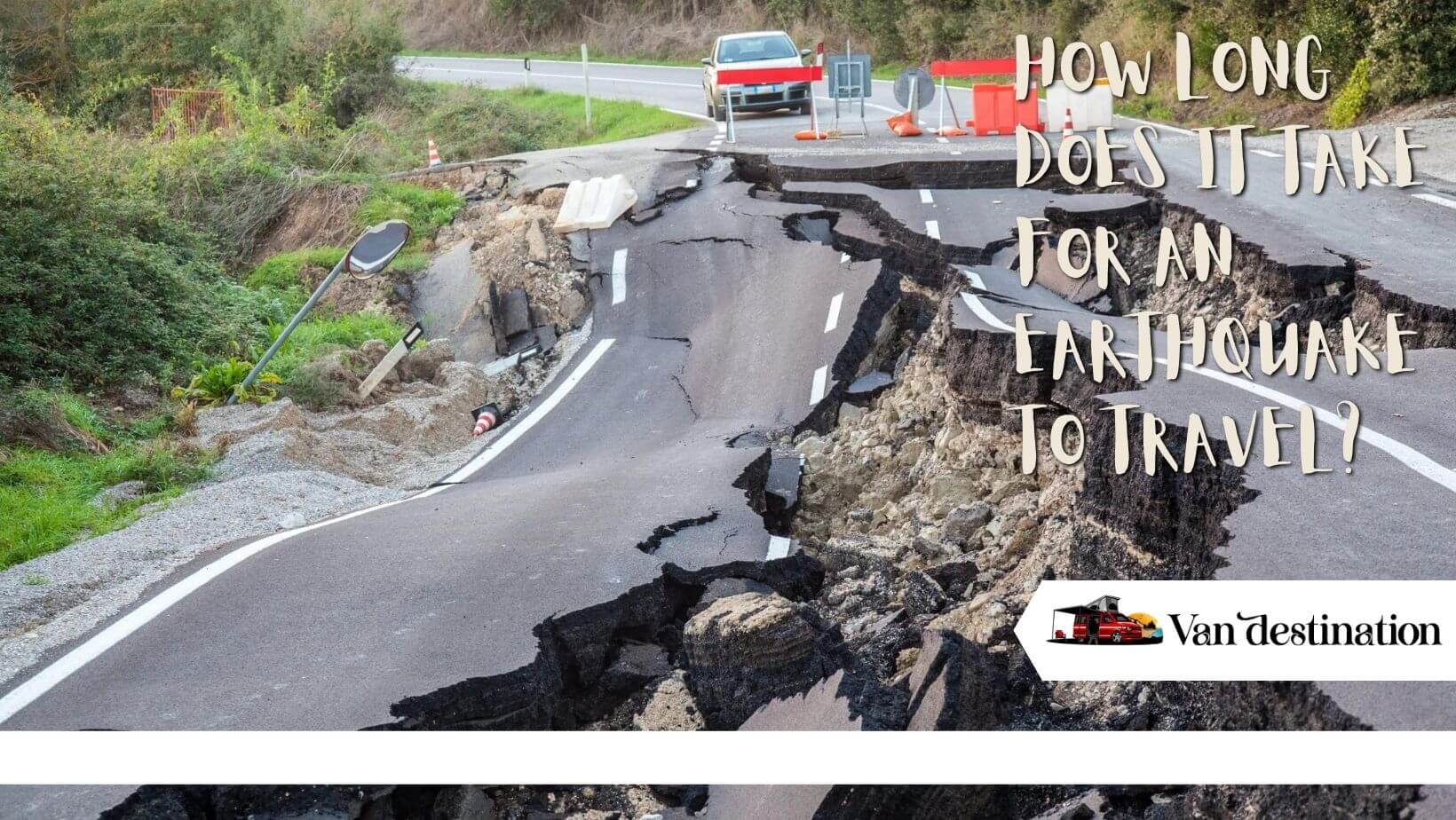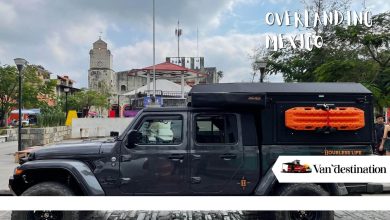How Long Does It Take For An Earthquake To Travel?

Earthquakes are normal wonders that can strike with small caution. Understanding their behavior and how they engage is vital for moderating their impacts and guaranteeing security. One crucial element of earthquakes is the time it takes for seismic waves to travel from the epicenter to different areas.
In this article, we are going to dive into the components impacting the speed of earthquake waves and give bits of knowledge into how long it takes for an earthquake to travel waves to navigate diverse separations.
What Is the speed of Earthquake Waves?
Seismic tremor waves travel at shifting speeds, depending on their sort. The three essential categories of earthquake waves are P-waves (primary waves), S-waves (secondary waves), and surface waves.
Also Read: Can You Take Homemade Food Through Airport Security
Factors Affecting the Speed of Earthquake Waves
A few components impact the speed of earthquake waves:
- The profundity of the Earthquake: The profundity at which an earthquake happens influences wave speed. More profound earthquakes result in slower waves.
- Geographical Materials: The composition of the earth’s hull, mantle, and center impacts wave speed. Denser materials moderate downwaves.
- Shake Sort: Distinctive sorts of rocks transmit seismic waves at shifting speeds.
Types of Earthquake Waves
Understanding the distinctive types of earthquake waves is fundamental to getting a handle on how long it takes for them to travel.
Primary (P-Waves)
P-waves are the quickest seismic waves and are the primary ones to reach an area after an earthquake. They can travel through solid shakes and indeed liquids, making them the most flexible waves.
Secondary (S-Waves)
S-waves are slower than P-waves and can travel through strong materials. They take care of the P-Waves and are dependable for most of the ground shaking during an earthquake.
Surface Waves
Surface waves are the slowest and regularly foremost damaging. They travel along the Earth’s surface and cause unmistakable shaking amid an earthquake.
How Long Does It Take for P-Waves to Travel?
The speed of P-Waves depends on the geographical materials they experience. On normal, they travel at around 1.5 to 8 kilometers per moment (km/s). This implies that for every 1,000 kilometers of removal, P-Waves take around 2 to 12 minutes to reach.
How Long Does It Take for S-Waves to Travel?
S-Waves travel at a slower pace than P-Waves, ordinarily at 60% to 70% of the speed of P-Waves. Consequently, for each 1,000 kilometers, S-Waves can take around 2.5 to 14 minutes to reach their goal.
How Long Does It Take For Surface Waves and Their Speed?
Surface waves move at a speed comparable to S-Waves but as it were along the Earth’s surface. Their dangerous control is due to their nearness to the ground.
Measuring Earthquake Speed
Seismologists utilize seismographs to determine the entry times of P-waves and S-waves at different areas. By comparing these times, they can calculate the removal from the epicenter.
Earthquake Magnitude and Travel Time
Bigger earthquakes tend to have quicker P-waves and S-waves. This implies that the concentration of shaking can shift at the same separate from the epicenter.
Distance And Travel Time
The relationship between distance and travel time isn’t direct due to the contrasts in wave speeds. The more distant you’re from the epicenter, the more noteworthy the time slack between the entry of P-waves and S-waves.
Practical Implications of Earthquake Speed
Understanding how long it takes for earthquake waves to travel is crucial for emergency response and early warning systems. It allows for the prediction of shaking intensity at different locations.
Safety Measures and Preparedness
To remain secure amid an earthquake, it’s critical to be mindful of the potential travel times of seismic waves. This information can direct clearing plans and the execution of security measures.
Also Read: Eiland Van Maurik Camping Of 2023
Conclusion
The time it takes for an earthquake to travel to a particular area depends on different variables, including the sort of wave, topographical materials, and the earthquake’s profundity. Being educated approximately these angles can incredibly upgrade earthquake readiness.



